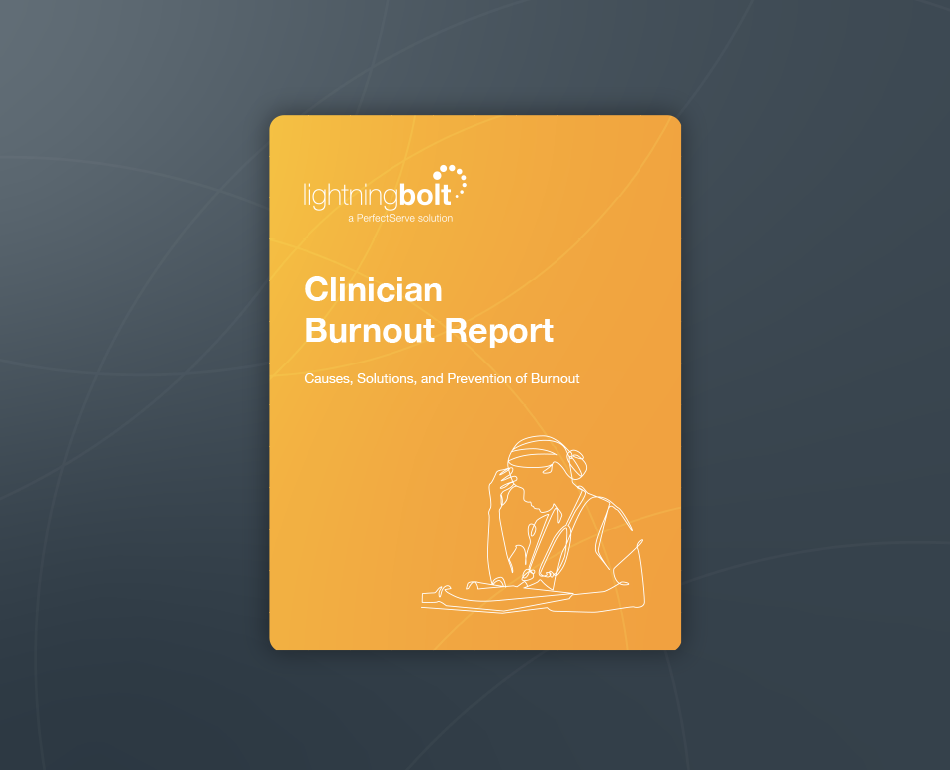Kronos Workforce Central Payroll Integration
TABLE OF CONTENTS

Overview
This integration leverages Lightning Bolt as the scheduling source of truth and transmits any mapped provider/assignment combinations to Kronos to be used in payroll processing.
Practical Benefits
Reduction of Duplicate Work: This integration eliminates the need to manually transcribe Lightning Bolt scheduling data into the Workforce Central payroll platform.
Reduction of Human Error: Automating the process of inputting working times reduces the likelihood of mistakes, ensuring providers’ payroll is accurately reflected.
Additional Notes
Publishing Schedules: In order for the data to transmit to Kronos properly, Lightning Bolt schedules must be set up with start and end dates that are identical to the pay period for each group that is integrated.
Kronos Resourcing: A Kronos representative will need to set up the ETL process, validate the data is mapping appropriately to a Workforce Central test environment, help complete the User Acceptance Testing, and ensure the job is set up to push to production environment at go-live.
Integration Protocols
1. File Transfer via SFTP: Files are generated every day throughout the pay period and are shipped to an SFTP site where a job is typically set up to automate the Extract, Transform, and Load (ETL) process to ingest the data into the Kronos system.
2. User Identification: The integration uses a unique value that exists in Kronos assigned to each user’s Lightning Bolt personnel file to crosswalk the correct user.
3. Personnel and Assignment Mapping Matrix: Assignments are mapped based on a matrix that indicates which personnel types and which assignment types should be included in the file. For instance, if we have a matrix that includes a Non-Exempt personnel type and the Call assignment type, any Non-Exempt provider who works a Call assignment type will be included in the file. However, if an Exempt provider is working a Call shift, they will not be included in the file.
4. Department IDs: Each shift in Lightning Bolt is scheduled in a particular department. The Kronos Department IDs are included at the Lightning Bolt department level to indicate in the file where the assignment was scheduled in Lightning Bolt. This helps identify which cost center is responsible for paying out that shift.
5. Personnel Home/Away COIDs: Entering the home and away COIDs for a user allows the file to determine if the pay code associated with the worked assignments for each provider should be paid at their home cost center or a separate cost center.
Take It With You!
Want to keep this information handy? Click the button below to download a PDF and take PerfectServe’s integration insights with you.



